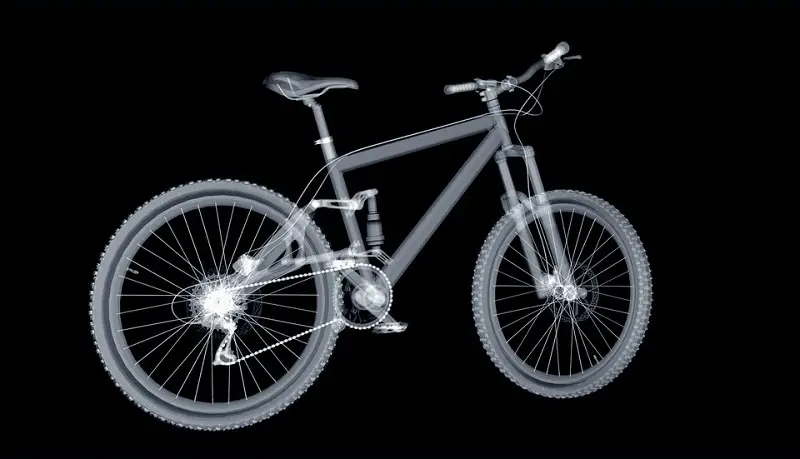Solid Advice for Choosing Your First Mountain Bike

As a kid, you probably traversed through mud puddles and trekked up and around the hills or streets of your neighborhood on the bike you got for your birthday from your parents. It may not have been comfortable or offered a customized fit, but it did the trick. As an adult shopping for your first mountain bike, you do not want to purchase the first bike you find in the retail store. We spoke with Norwegian firm Bik who are experts in choosing a first bike. They told us about a few key features and benefits you need to take into consideration before purchasing your first mountain bike for sport.
Please note that as an Amazon Affiliate we may earn commission from qualified purchases — thanks for your support!
Points To Take Into Consideration
Before heading into a local sporting goods store, bike shop or retail store, you need to do a bit of research to get a general idea of what you are looking to buy. Customer service associates can give you specific details on each bike and offer suggestions based on your riding needs, but taking the time to do some research ahead of time will save you a lot of confusion and frustration when you get to the store to make your purchase.
The first decision you need to make is to choose your preferred bike style. Different riding terrains and styles require different types of bikes, so you must first decide how, where and when you plan to ride. Depending on your riding style, you will then need to focus your attention on suspension, gears, brakes, wheel size and the material composition of the frame. Arguably the most important consideration to make is to ensure your bike is a good fit. It needs to be comfortable, adjusted to your stature and riding style and offer you good solid traction and handling. Once you have selected your new bike, the associate at the sporting goods store or bike shop can customize it to fit your individual needs.
Types Of Mountain Bikes
There are several main types of mountain bikes you will likely be selecting from when you are ready to make your purchase. A store associate can help you select the best one for your needs, but it helps to familiarize yourself with the various types of bikes you have to choose from and how each of them performs.
Trail bikes tend to be a good entry-level choice for people who are new to mountain biking. They are the most common choice because trail bikes are not specific to any particular riding, racing or trail style. If you plan to enjoy the sport with friends or family by exploring local trails that offer a mix of terrains, a trail bike is the perfect choice. Fat bikes are also great for beginners because they have wide tires that balance the bike and give new riders more confidence in particularly rough terrain. Fat tire bikes are also great if you spend a lot of time trekking in sand or snow.
Cross-country bikes are made for climbing, and they offer the added benefit of producing lots of speed. This style of bike is very lightweight, as bicycle manufacturers are designing and building cross-country bikes for efficiency and speed. If you want to become a competitive cyclist, a cross-country bike is the best choice. As you progress to an expert level of riding, you may want to upgrade to an all-mountain bike. Expert riders look for trails with massively-steep descents and ascents, nature-made and man-made obstacles and scary-thin ledges. If you are a thrill seeker and get to a place in your training where you are ready for this type of challenge, all-mountain bikes perform best on steep hills and offer excellent control and handling.
Downhill, or park-style, bikes are specifically for professional riders. These bikes are primarily utilized at lift-serviced bike parks. These bikes are very big, heavy and tough. All riders wear heavy protective gear, durable armor and full-face helmets while they encounter jumps, traverse man-made structures and climb ladders.
Final Words
Once you have selected the perfect bike for your riding needs, you will want to have it custom-fitted to your body. An associate should adjust the suspension to accommodate your body weight, and he or she should perform a mechanical safety inspection before you leave the store. In addition to the bike purchase, you should also buy some basic tools for repair, riding and maintenance: a well-made helmet, a spare tube and patch kit, tire levers, a pump, lube for your chains, a multi-function tool and a bag for all your gear. Once you have the basics, you will be ready for the open road.
